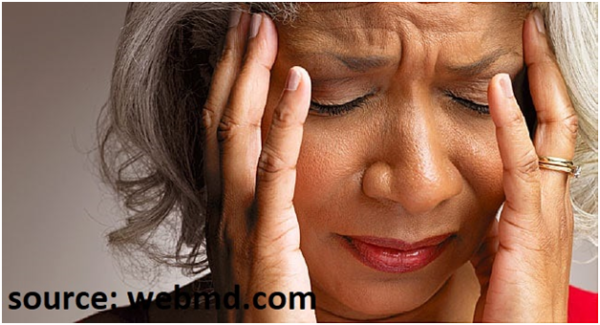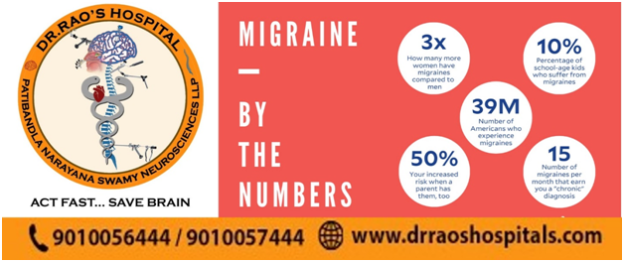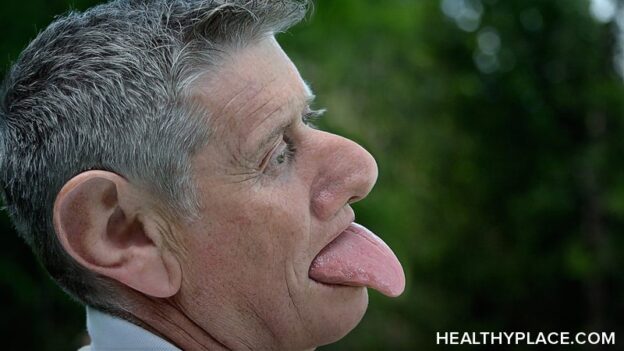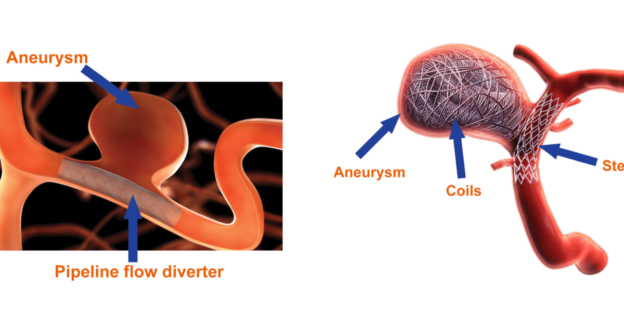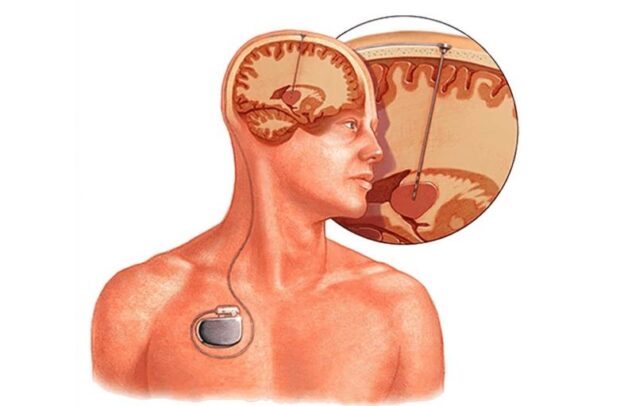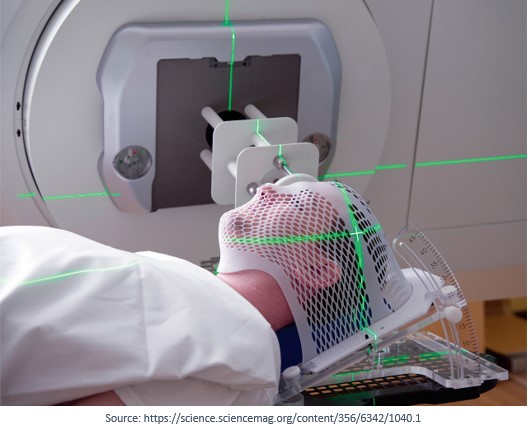Physical symptoms of depression: Dr. Rao at Dr Rao’s Hospital
Physical Symptoms of Depression is a mood disorder, and it disrupts a person’s routine life. Depression is becoming common for people in Guntur. They look for the best neurology hospital in Guntur to solve their condition. They find Rao Hospital Guntur effective in solving their condition. The hospital has successfully treated several patients with depression. Do you want to know whether you have depression or not? Here, we have discussed physical symptoms that lead to depression. Continue reading to learn more.
Sleep Problems
Depression can harm your physical and mental health. Specific individuals with depression are perpetually sleepy and tired.
2. Chest Pain
Various conditions can cause pain in the chest, including digestive tract issues, lung, and other difficulties. Chest pain is not the only sign of this condition. It can also indicate anxiety, panic attack, or depression. First and foremost, consult with a cardiologist.
Depression increases the likelihood of developing heart disease. Patients who have had a heart attack are more likely to suffer from depression.
3. Exhaustion and Fatigue
Despite getting enough at night, you still feel tired, lethargic, and sluggish the whole day. Such experiences can be a warning sign of depression. Depression and fatigue can occur at the same time, making your condition severe.
4. Joints and Muscles Aching
Have you been suffering from chronic discomforts, such as joint pain, muscle aches, and headaches? These are the signs of depression. Further, ongoing pain can increase depression risk.
If you suffer from chronic pain, you may also suffer from depression or anxiety. Both painful conditions and depression share chemical messengers in your brain. Depressed people are three to four times more likely to suffer from pain every day.
5. Digestive Issues
Conditions like chronic migraines can lead to Nausea, vomiting, and stomach pain. Similarly, if you are overly anxious, terrified, or depressed, you may face the same conditions. This is because our digestive system and brain are closely associated.
6. Back pain
It is possible to develop impatience, restlessness, anxiety, and depression if you suffer from back pain consistently. Furthermore, those depressed individuals are four times more likely to suffer from significant, crippling neck and back pain – notably lower back pain – than the general population.
7. Restlessness and Irritation
Restlessness, irritation, and agitation are some of the most noticeable signs of depression. When it comes to depression, men are more prone than women to experience this type of problem. Sleep issues, such as insomnia and restless leg syndrome, are common among those suffering from depression. People who suffer from sleep disorders are more prone to be disturbed or restless than those who do not.
8. Sexual Difficulties
People who are depressed may experience a loss of interest in sex. You may experience ejaculatory difficulties, erectile dysfunction, and poor sex performance. Antidepressant drugs can affect libido and sex drive. Additionally, they affect the ejaculation process—the drugs make it premature or too long. Hence, if you are taking anti-depressants, speak with your doctor about the proper medication to consider. Low testosterone levels are associated with depression as well.
How can you improve Physical Symptoms of Depression?
Exercise
There is no simple guideline or prescription that shows that exercise can help overcome depression. Still, it allows you to reduce the symptoms if you exercise for an extended period. Further, substantial research has shown that frequent exercise enhances mood, lowers pain sensitivity, and makes you feel good. Your brain releases healthy chemicals when you exercise.
Remember! Returning from the ramp to the couch can be challenging for people who are depressed. Getting the energy to exercise is challenging, but exercising helps you feel less tired.
To sum it all up,
It is difficult to recognize the symptoms of body depression when you are not suffering from depression. Hence, many people seek relief from muscular and joint pain through medications. They address their symptoms rather than the underlying reason for their symptoms, which is depression.
So, visit the best neurologist hospital in Guntur to solve your condition.
Dr. Rao’s Contact Information:
- Phone: 9010056444, 9010057444
- Email: info@drraoshospitals.com
- Address: Old Bank St, GV Thota, beside AK Biryani Point, Guntur, Andhra Pradesh 522001
- Website: Dr. Rao’s Hospital

